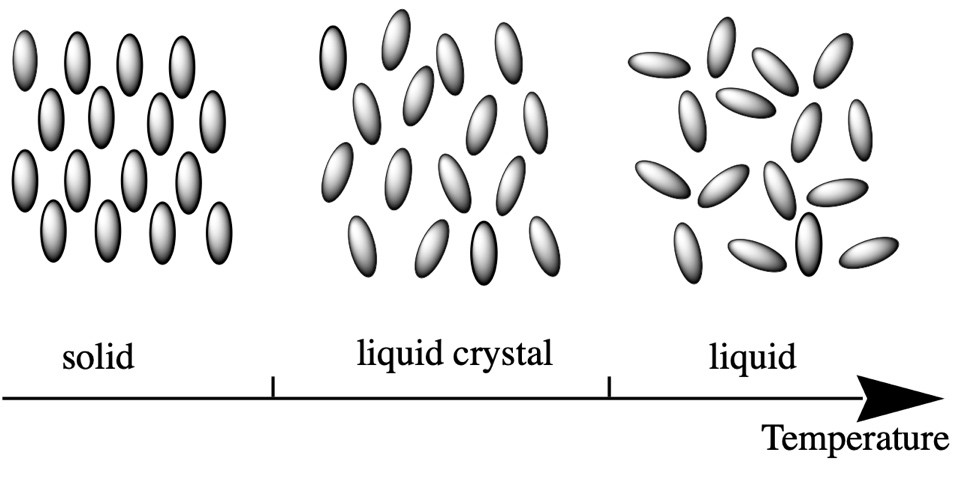
Privacy statement: Your privacy is very important to Us. Our company promises not to disclose your personal information to any external company with out your explicit permission.
Liquid crystal displays (LCDs) have become an integral part of our everyday lives, from smartphones and televisions to computer monitors and Digital Signage. These displays offer high-resolution images with vibrant colors and excellent viewing angles. But have you ever wondered how the LCD molecules work to create such stunning visuals?
At the heart of an LCD are liquid crystal molecules, which are unique in their ability to align themselves in a particular direction when subjected to an electric field. These molecules are made up of long, rod-like structures that have both liquid and solid-like properties. In their natural state, the liquid crystal molecules are randomly oriented, which results in a dark appearance when light passes through them.
To understand how LCD molecules work, let's take a closer look at the basic structure of an Lcd Panel. It consists of two glass plates with a thin layer of liquid crystal material sandwiched between them. The inner surface of each glass plate is coated with a transparent electrode, which allows an electric field to be applied across the liquid crystal layer.

The liquid crystal molecules in an LCD are typically of two types: twisted nematic (TN) and vertical alignment (VA). In a TN LCD, the molecules are aligned at a specific angle, usually 90 degrees, between the two glass plates when no electric field is applied. This twisted arrangement allows light to pass through the liquid crystal layer and reach the viewer.(See video here)
When an electric field is applied to the TN LCD, the liquid crystal molecules start to untwist, aligning themselves parallel to the electric field. This realignment changes the polarization of light passing through the liquid crystal layer, effectively blocking it from reaching the viewer. By controlling the electric field, the amount of light passing through the LCD can be precisely regulated, resulting in different levels of brightness.
On the other hand, VA LCDs work differently. In a VA LCD, the liquid crystal molecules are initially aligned vertically, perpendicular to the glass plates. When an electric field is applied, the molecules tilt, allowing light to pass through the liquid crystal layer. Similar to TN LCDs, the degree of tilt can be controlled by adjusting the electric field, thereby controlling the brightness.
To further enhance the performance of LCDs, additional components such as color filters and backlighting systems are incorporated. Color filters are used to create the desired color gamut by selectively filtering light passing through the liquid crystal layer. Backlighting systems, typically composed of LEDs, provide the necessary illumination for the lcd panel.
In summary, LCD molecules work by manipulating the alignment of liquid crystal structures through the application of an electric field. This controlled realignment allows the LCD to regulate the passage of light, resulting in the display of images and videos. The ability to precisely control the orientation of liquid crystal molecules has made LCDs one of the most popular display technologies, offering high-quality visuals in a wide range of devices.
LET'S GET IN TOUCH

Privacy statement: Your privacy is very important to Us. Our company promises not to disclose your personal information to any external company with out your explicit permission.

Fill in more information so that we can get in touch with you faster
Privacy statement: Your privacy is very important to Us. Our company promises not to disclose your personal information to any external company with out your explicit permission.